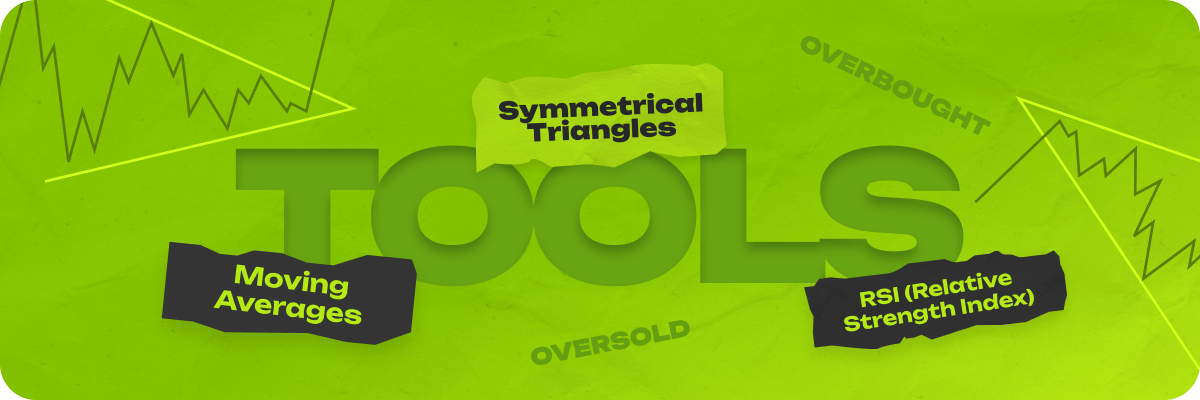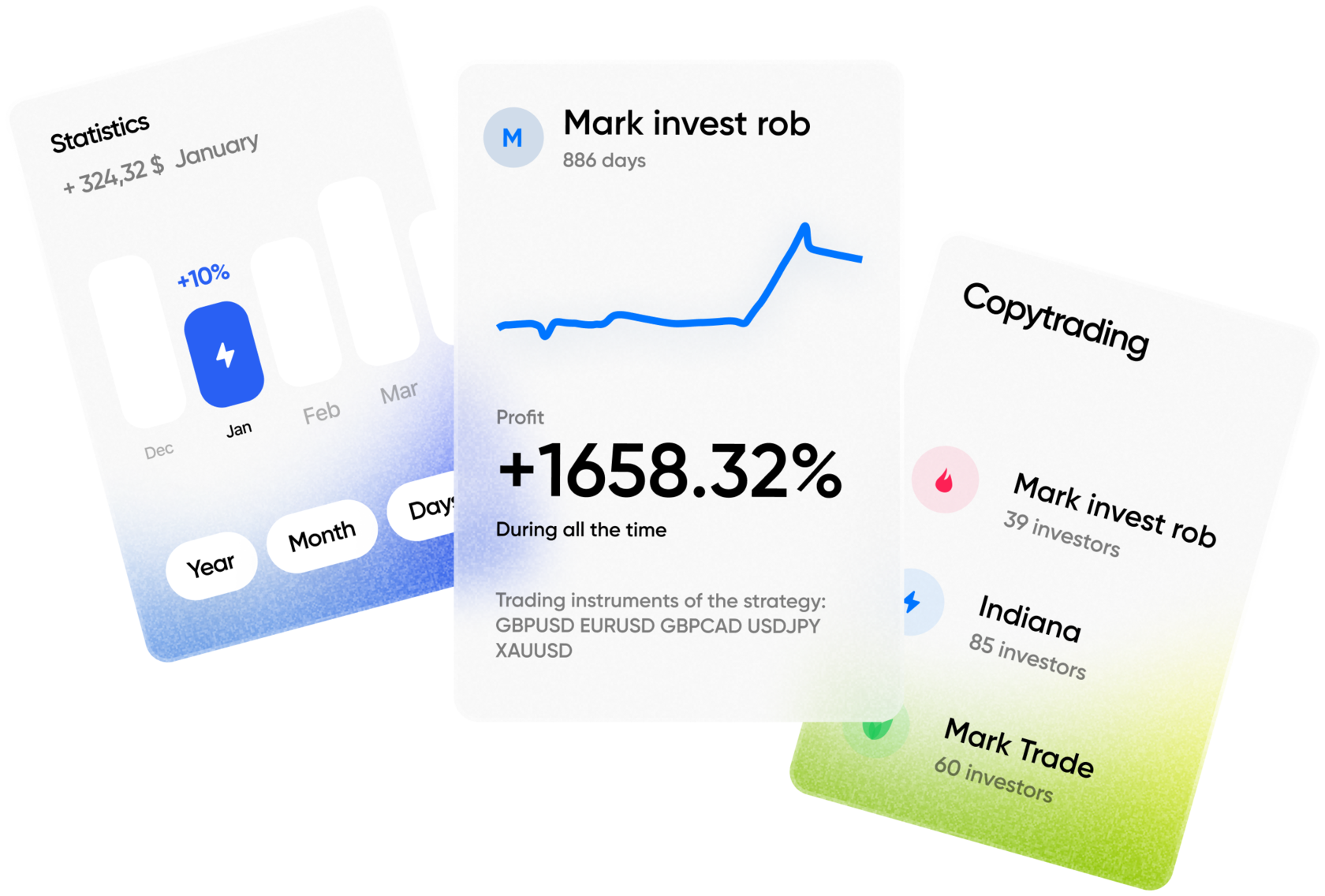Gold has always been associated with a reliable store of value and an essential asset in the world of trading and investing. People have been using it as a reserve instrument in terms of economic downfalls.
For investors, gold is one of the most-traded instruments. So, whether you’re an experienced pro or a complete beginner, trading gold can be an exciting opportunity, and understanding how to navigate this market is crucial for success.
In this article, we’ll explore what gold trading is, why it’s attractive to traders, and how beginners can start trading gold effectively. We will also discuss some trading strategies, real-life examples, and the tools professional traders use to make informed decisions.
What Is Gold Trading?
Gold trading is the act of buying and selling gold or gold-related financial products to profit from price fluctuations. Traditionally, investors would buy physical gold such as coins or bars, but in today’s digital age, traders can also engage in gold trading through online platforms using various financial instruments. Some of the most popular ways to trade gold include:
- Spot Gold (XAU/USD): This is the most common form of gold trading, where gold is traded against a currency like the U.S. dollar (USD).
- Gold Futures: Contracts that allow traders to buy or sell gold at a predetermined price at a future date.
- Gold ETFs: Exchange-traded funds that track the price of gold, allowing investors to gain exposure to gold without owning physical gold.
- Gold Mining Stocks: Investing in companies that mine gold can also provide exposure to gold’s price movements.
Main Reasons to Trade Gold
Gold is unique among commodities due to its role as both a precious metal and a store of value. There are several reasons why trading gold has remained popular with investors:
- Hedge Against Inflation: When the economy is unstable or inflation rises, the value of fiat currencies tends to decline. Gold, on the other hand, typically retains its value or even increases during times of crisis.
- Safe Haven Asset: In times of economic or geopolitical uncertainty, gold is often seen as a “safe haven” investment. When stock markets or other financial assets fall, gold tends to rise, making it a popular asset to protect wealth.
- Liquidity: The gold market is highly liquid, meaning you can easily buy and sell gold with minimal slippage. This is important for traders who rely on short-term price movements.
- Diversification: Gold is a valuable asset to diversify a portfolio. As it often behaves differently than other assets, including stocks and bonds, it helps reduce overall risk.
How to Trade Gold: Key Strategies for Beginners
When it comes to gold trading, there are a few strategies and tips that beginners can use to improve their chances of success.
While gold is a relatively stable asset compared to more volatile commodities like oil, it still requires careful analysis and strategy.
Understand Market Fundamentals
One of the first steps in gold trading is understanding what drives the price of gold. These include:
- Economic Data: Gold prices are highly sensitive to economic data such as inflation, interest rates, and employment reports. For example, if inflation rises or if central banks signal lower interest rates, gold prices are likely to increase.
- Geopolitical Events: Political instability, wars, and natural disasters often increase demand for gold as a safe haven. Keep an eye on global events and consider their potential impact on gold prices.
- Currency Movements: Since gold is often traded against currencies like the U.S. dollar (XAU/USD), fluctuations in the value of the dollar can directly impact gold’s price. A weaker dollar often leads to higher gold prices, while a stronger dollar can push gold lower.
Gold Trading via XAU/USD
If you’re already familiar with Forex trading, one of the simplest ways to trade gold is through the XAU/USD pair—which represents the price of gold in U.S. dollars. When trading XAU/USD, you’re essentially betting on the price of gold relative to the U.S. dollar.
- Monitor Central Banks: Central banks, especially the U.S. Federal Reserve, influence the price of gold. When central banks buy large quantities of gold to support their currency or stabilize the economy, this can signal a weakening currency or economy, which may drive gold prices higher. Conversely, if central banks sell gold, this may indicate a strengthening economy, and gold prices might fall.
- Geopolitical Influence: Gold’s price is highly sensitive to geopolitical factors, such as trade tensions, conflicts, or natural disasters. If a geopolitical crisis emerges, traders often flock to gold as a safe haven. As a result, XAU/USD might rise sharply during such events.
- Price Levels: Like with any asset, gold has key support and resistance levels that traders use to make decisions. These are price levels at which gold historically struggles to move past, either to the upside (resistance) or downside (support). By tracking previous highs and lows, you can set your target buy or sell prices.
Use Technical Analysis
Traders who focus on short-term moves in the gold market often use technical analysis to predict price movements.
Technical analysis involves studying past market data, primarily price and volume, to identify patterns and trends. Some common tools used in gold trading include:
- Moving Averages: These help smooth out price fluctuations and identify the overall trend of gold prices. The 50-day and 200-day moving averages are commonly used by traders to gauge long-term and short-term trends.
- RSI (Relative Strength Index): This indicator helps traders identify whether gold is overbought or oversold. An RSI value above 70 suggests gold is overbought and might be due for a correction, while an RSI value below 30 indicates that gold may be oversold and could rise soon.
- Symmetrical Triangles: This chart pattern occurs when the price of gold moves within a narrowing range. Once the price breaks out of the triangle, it could signal a strong price movement in either direction, making it a useful tool for day traders.

Gold Futures Trading
Gold futures are contracts that allow traders to agree to buy or sell gold at a specific price at a later date. Futures are popular for traders looking for leverage, meaning they can control a large amount of gold with a relatively small amount of capital.
However, this also means that futures trading can be riskier than trading physical gold or ETFs.
Professionals use gold futures to speculate on the price of gold in the short term. For example, if a trader believes that gold prices will rise due to economic uncertainty, they can buy gold futures contracts.
Oppositely, if they expect the price to fall, they might sell gold futures contracts.
Keep Track of Market Hours
Gold can be traded 24 hours a day, five days a week, but it’s essential to be aware of market hours for maximum liquidity and volatility.
For most traders, the New York trading session is considered the most liquid and active time for gold trading.
During this time, there is the highest volume of trades and the best opportunities for short-term price movements.
Risk Management
Gold trading, like any other form of trading, involves risk. Protecting your capital is vital, and the best way to do this is through risk management strategies. Some key strategies include:
- Stop-Loss Orders: This order automatically closes your position if the price of gold moves against you by a predetermined amount, preventing further losses.
- Position Sizing: Don’t risk too much on any single trade. A common rule is to risk no more than 1-2% of your total capital on each trade.
- Diversification: While gold can be a great hedge against inflation and economic turmoil, it’s important to diversify your portfolio. Relying solely on gold can expose you to risks if the market doesn’t behave as expected.
The Bottom Line
Trading gold can be a highly profitable endeavor if approached with knowledge, strategy, and discipline.Traders need to clarify how fundamental factors are driving gold prices. It will let them employ sound technical analysis as well as use risk management tools properly.
Remember that gold trading isn’t just for long-term investors. It can also be a viable strategy for short-term traders, especially in volatile markets.
Whether you’re trading XAU/USD, gold futures, or gold ETFs, the key to success is staying informed, practicing patience, and continually refining your strategies as you gain more experience in the market.







